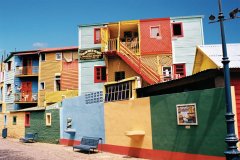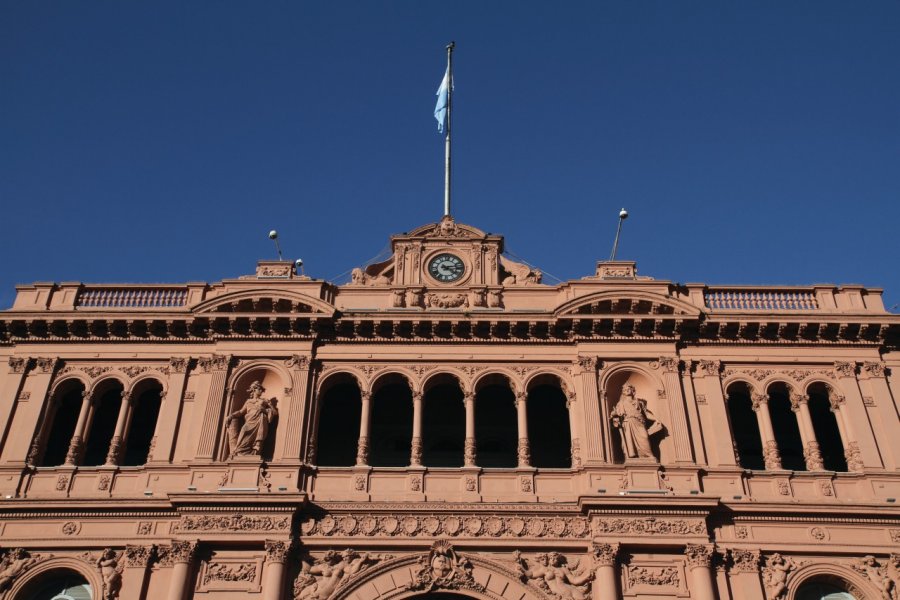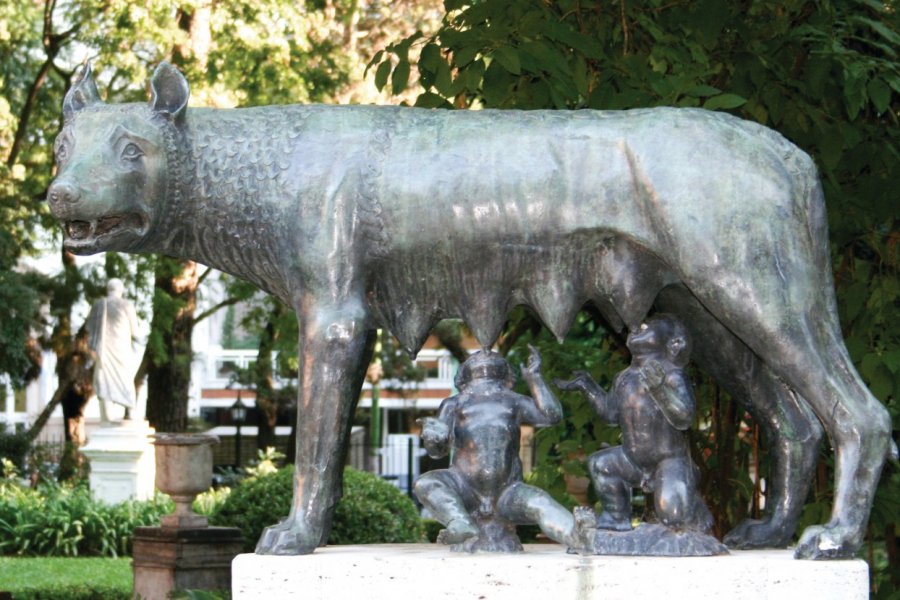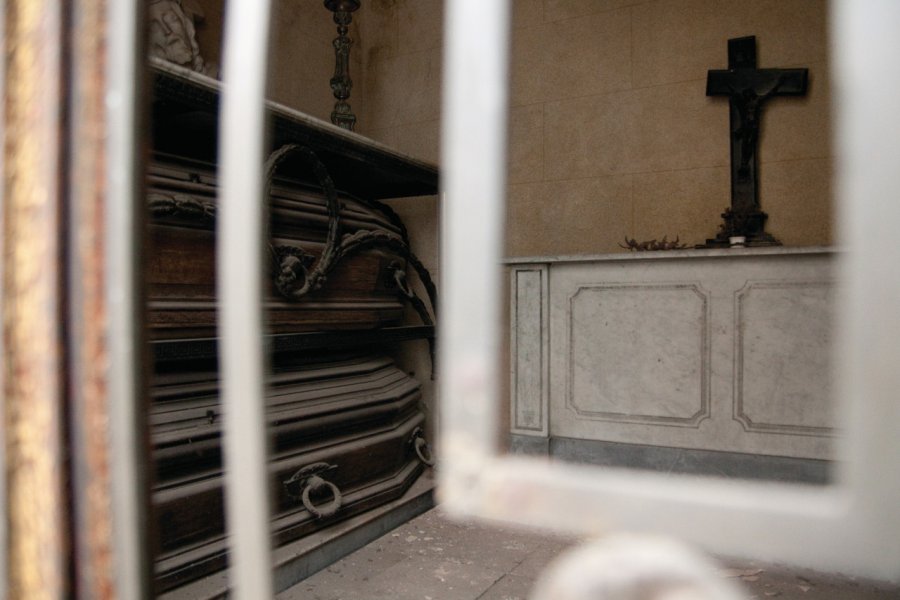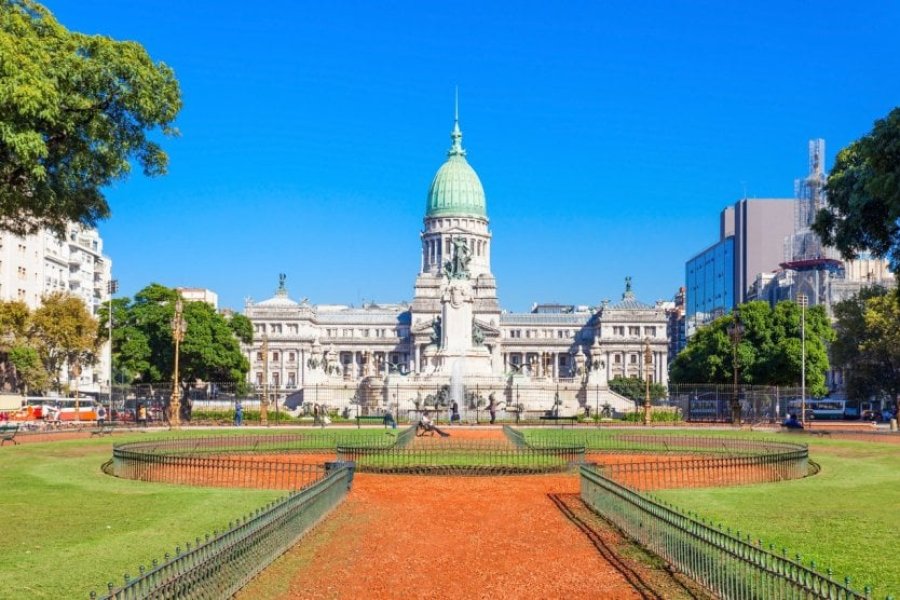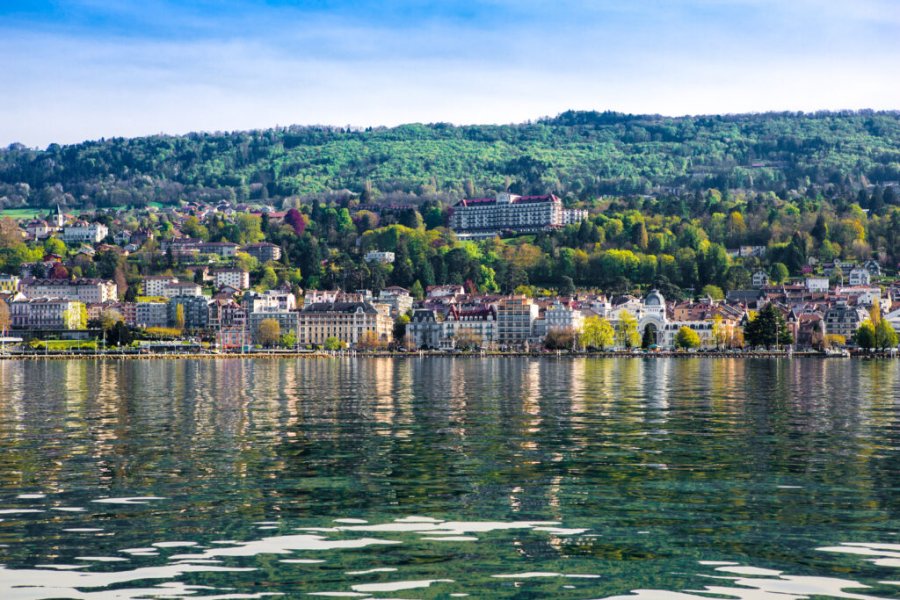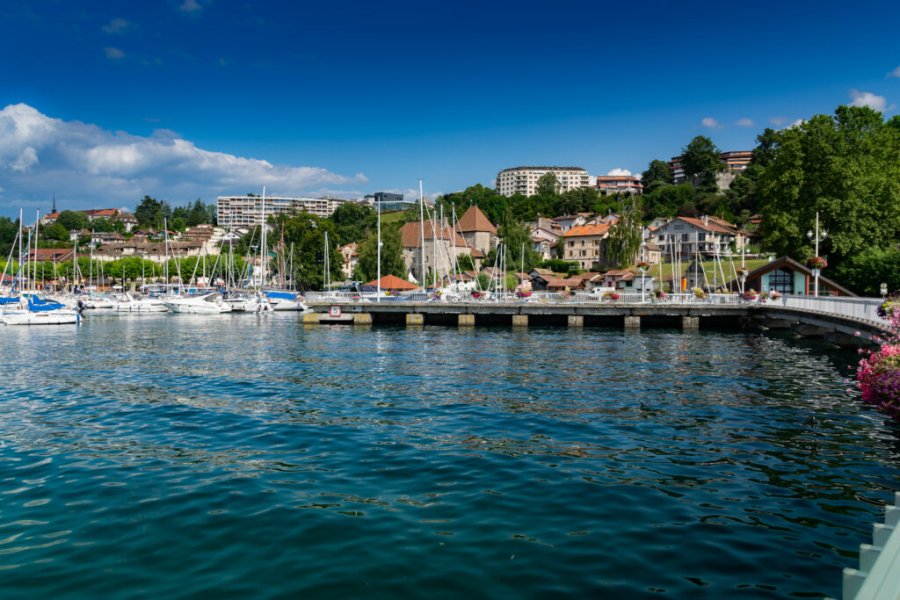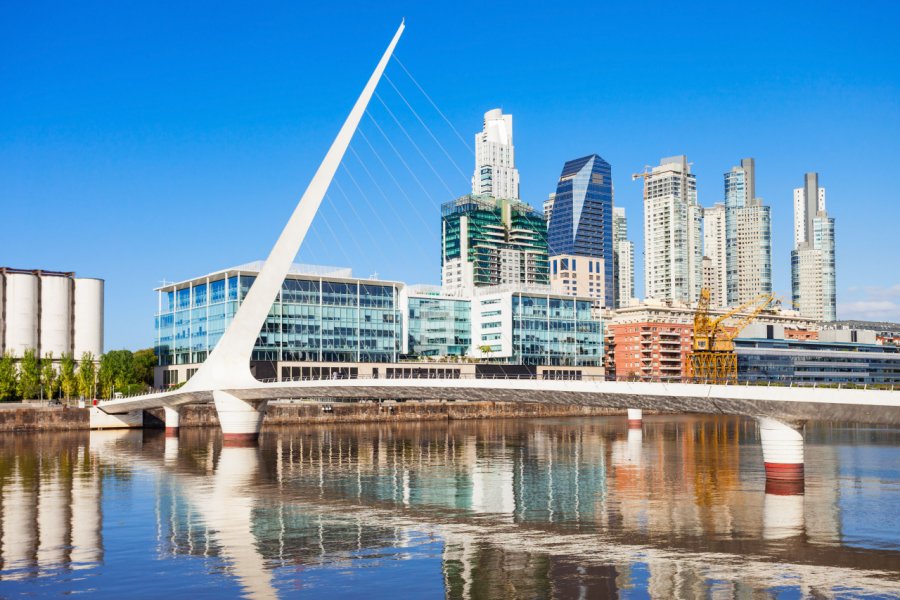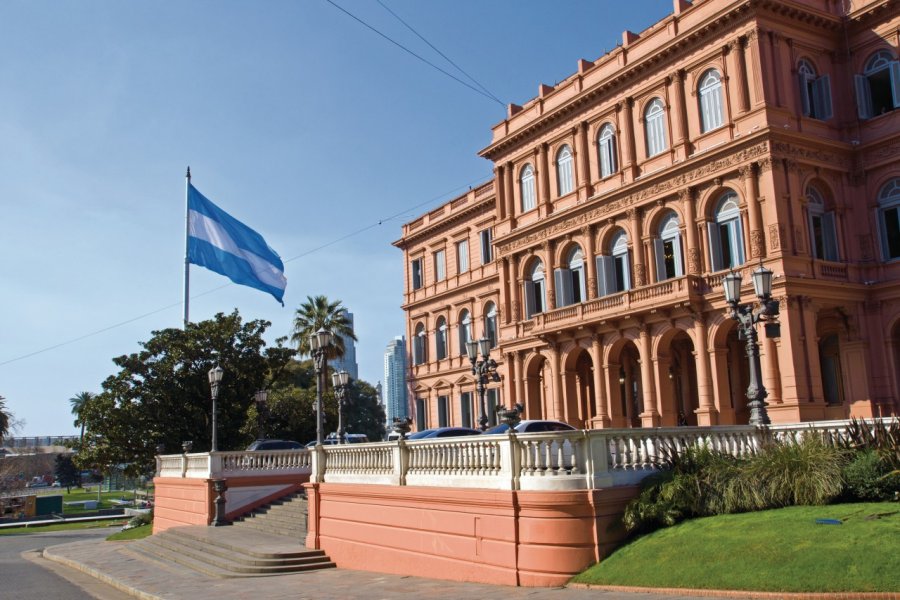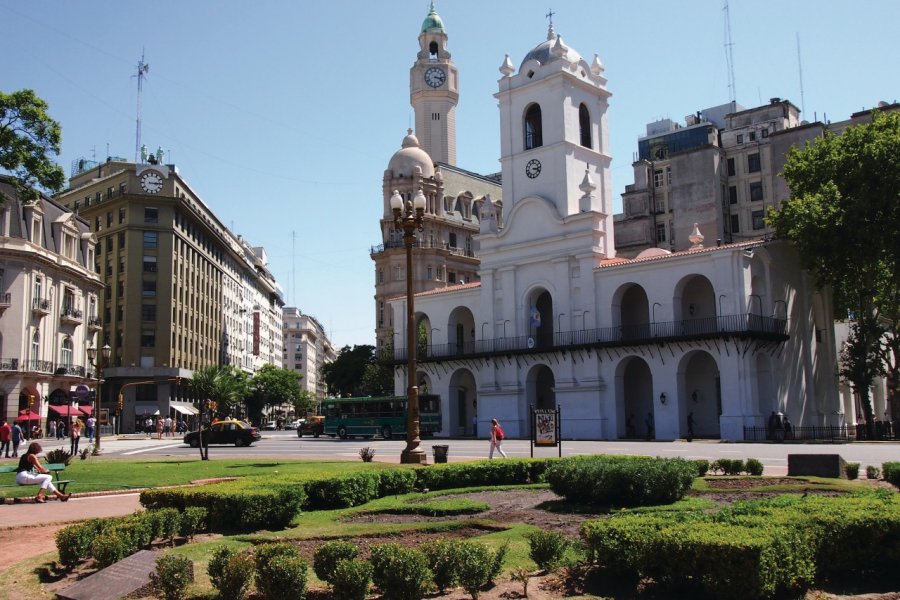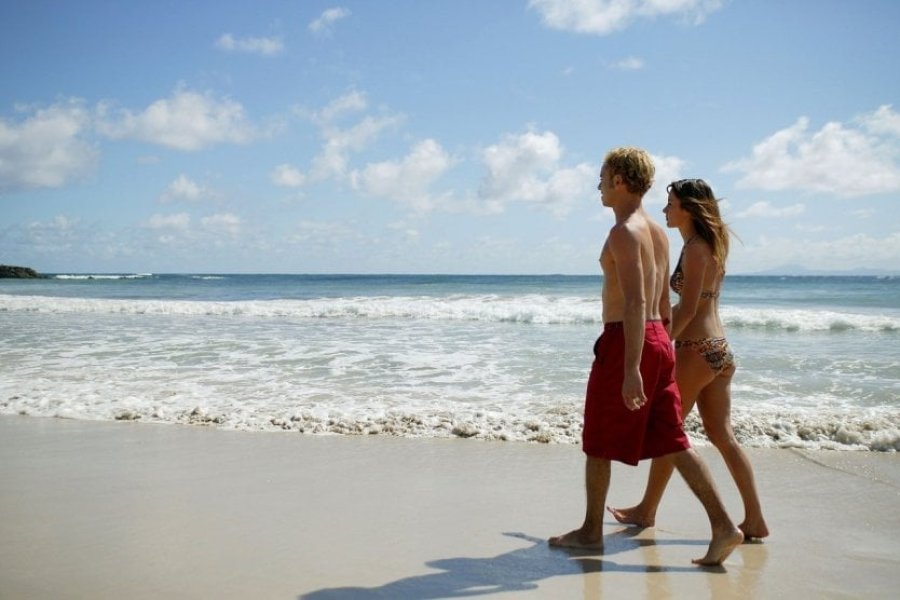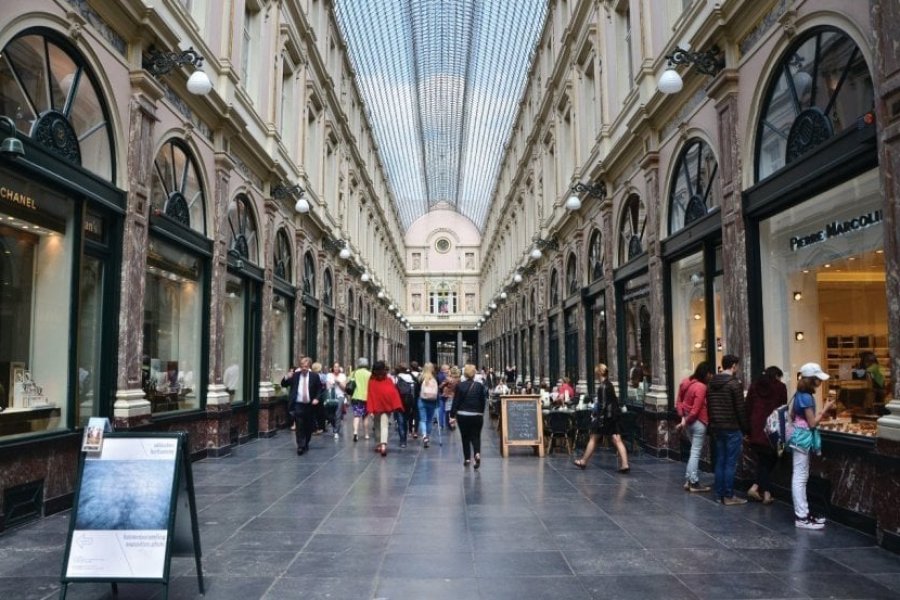Travel Guide Buenos Aires
Like the other great capitals of South America,Argentina 's is huge, populous, noisy and full of life. For Europeans who arrive in Buenos Aires, which is both the gateway to the gigantic country it administers and a gateway to the entire continent, this destination will seem familiar and may seem, at first, a bit like its Uruguayan neighbor Montevideo, to lack exoticism. However, this first impression will soon be nuanced by mixing with the Porteños (city dwellers of Buenos Aires), a passionate people with a fine soul whose great men of culture are countless. The streets of the city vibrate with a fervor that only the New World can instill in its inhabitants, and on the terraces of cafes, in restaurants (the porteña gastronomy is worth a trip by itself!) and in parks, people talk about literature, cinema, architecture, while at night, the theater and music take over. Because there is a lot of dancing in Buenos Aires, and not just tango! And what about soccer, which, as in Brazil, has become a religion? The tourist guide to Buenos Aires offers orientation leads, each barrio (neighborhood) having its own character, from the modern Microcentro to the colorful houses of Caminito, from the cobblestone streets of San Telmo where the clacking steps of the tango resound, to Palermo and its hotels, boutiques and chic bars , without forgetting the wealthy Puerto Madero, its skyscrapers, its casino and its quiet quays. Put on your seatbelt and hold on tight, because Buenos Aires is a fast-paced city!
What to visit Buenos Aires?
Suggested addresses Buenos Aires
When to go to Buenos Aires?
When to go to Buenos Aires? Because of the Southern Hemisphere, the seasons are reversed. Our summer corresponds to winter and vice versa. In other words, we give Christmas presents in T-shirts! Spring runs from the end of September to the end of December, summer runs until the end of March, fall runs until the end of June and winter runs from the end of June to the end of September. When to go to Buenos Aires then? You can visit Argentina's capital city all year round, although from one season to another, your stay will not have the same flavor. Buenos Aires is emptied of its inhabitants during the summer vacations (January and February), who migrate to the seaside resorts of Mar del Plata and its surroundings, or Punta del Este in Uruguay, which are usually crowded at this time of year. It can therefore be very pleasant to visit at this time of year, although partygoers will be sorry to see the capital's nightclubs deserted by students. To take advantage of the pleasant weather and a city in full activity, the best time to go to Buenos Aires is certainly from September to December and during the months of March-April.
Weather at the moment
Although Argentina has up to 7 major climatic regions, the weather in Buenos Aires is dependent on a humid subtropical climate. The average annual temperature is pleasant at 16.6°C, but there are many differences. While it is generally between 8 and 15°C in winter, it is not uncommon to see temperatures in Buenos Aires approaching 0°C on certain days in June. In summer, the mercury hovers around 25°C, with peaks of 32°C in January.
The official currency of the country is the Argentine peso (AR$). Despite slowing growth and high inflation, Buenos Aires remains an affordable destination without being cheap, and while Argentina is one of the countries in Latin America where the cost of living remains high, the services offered are good value for money. Food and accommodation are very affordable, but the prices of tourist activities have increased significantly in recent years in Buenos Aires.
To enter Argentina and travel to Buenos Aires, citizens of the European Community do not need a visa. You must present a valid passport (at least six months old at the time of travel) when you get off the plane. A three-month residence permit will be stamped in the passport. This is free of charge! Only American, Canadian and Australian citizens are required to pay a tax when they get off the plane in Buenos Aires. This is called the "reciprocity tax".
There are some health peculiarities in Argentina, but in general cosmopolitan diseases are more to be feared than tropical ones. Temperatures are reversed from the northern hemisphere, and diseases follow the trend: viruses such as influenza also occur during the winter. There are no mandatory vaccinations before traveling to Buenos Aires. Vaccinations against tetanus, diphtheria and polio (although no longer seen in Latin America) are recommended. The water in Buenos Aires is safe to drink. For a longer stay (an internship in Argentina, for example) it is advisable to alternate with bottles of mineral water.
Practical information
- When to travel?
- Weather forecast
- Budget
- Formalities
- Health
- How to travel by yourself?
- How to get organized?
- Getting around
Media
How to go to Buenos Aires? Our advice & tips
Although there are many tourism specialists for South America, and even for Argentina in general, the agencies offering organized trips in Buenos Aires alone can be counted on the fingers of one hand. However, you can use their services if you plan to combine the discovery of the Argentine capital with Montevideo and the coast, for example, or with other neighboring regions. An organized trip then makes more sense.
Discover our selection of travel agencies for this destinationThe best way to discover Buenos Aires is to organize your own trip. The average price of a flight to Buenos Aires is around €700 (low season) and €1,300 (high season). Note that the price variation depends on the airline used, but especially on the reservation period. As far as accommodation is concerned, you should book your room in advance, but there is such a wide range of accommodation in Buenos Aires that you can easily find it once you arrive.
Buenos Aires is equipped with six subway lines that connect many neighborhoods. However, since it is not enough to cover the entire city, one must make a great effort to understand how the bus system works. Once adopted, the bus allows you to go anywhere in Buenos Aires at any time of the day, at a very low cost. Cabs are also a good option for getting around the city, certainly better than a rental car.
